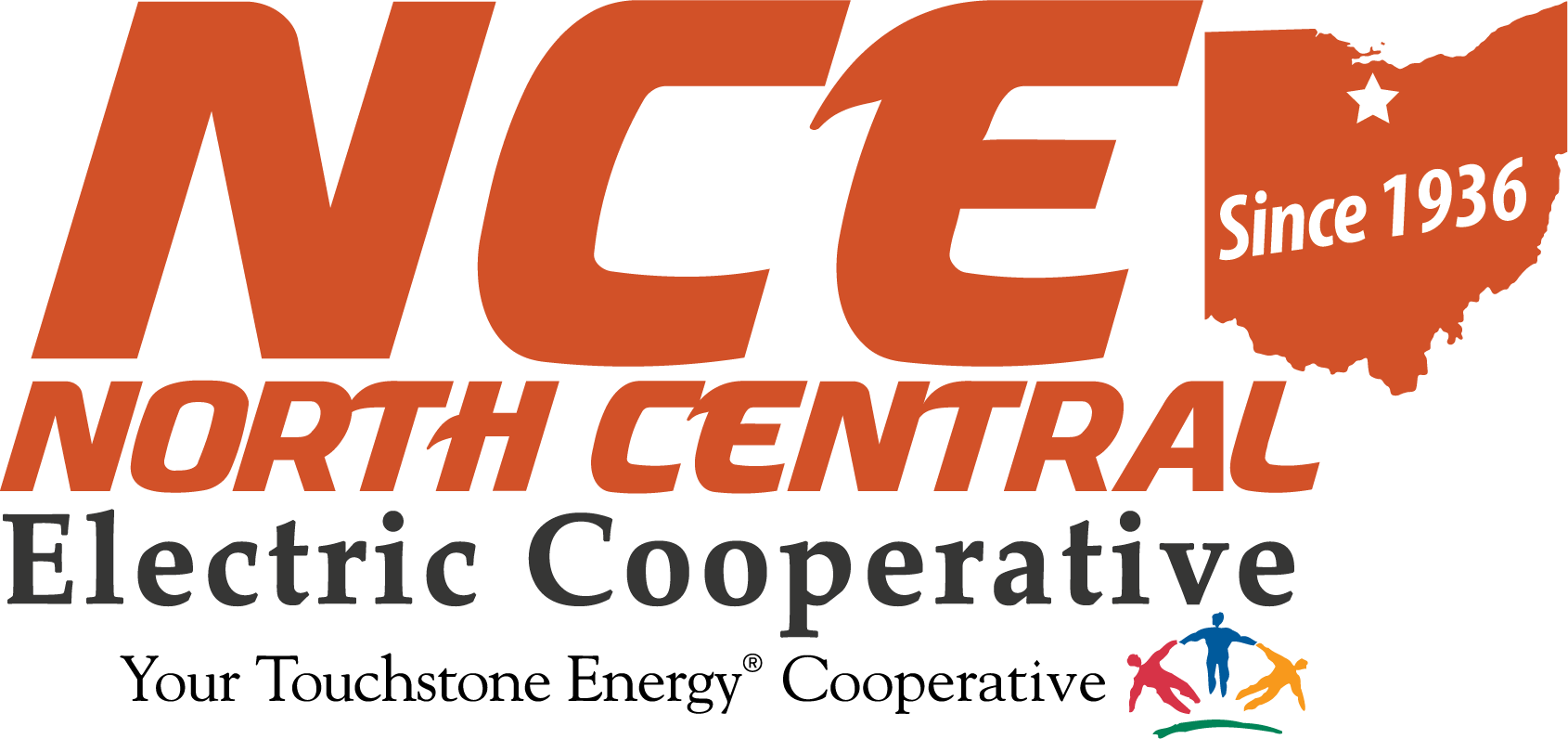The North Central Electric Cooperative Operations Department mantra is rather simple: Preventive maintenance is the cheapest form of maintenance.
It pays off in system reliability and member satisfaction. Fewer and shorter outages normally makes for happier consumers. To meet those expectations, a strategic plan needs to be in place and implemented.
The North Central engineering team of Brad Warnement, Patrick Pifher and Lynn Hill have conducted and updated a system-aging study to determine the age of lines throughout the cooperative's service territory.
Pifher presented the latest study to the North Central Board of Trustees at its December meeting. The original system-aging study was completed and presented to the board in 2013.
The study allows the management team and board to forecast future construction and replacement projects.
"Line construction is not going to get cheaper," North Central General Manager Markus Bryant said. "Lines built in the 1960's certainly will cost more to replace 50 years later. We need to plan for that."
The cooperative was formed in 1936, and lines were first installed in the same year. The system has since grown to 1,786 miles of line in eight counties.
Over time, the poles, cross arms, conductors and other equipment initially installed in the 1930's were replaced. Sometimes, equipment was replaced because the cooperative's load grew to levels requiring larger conductor, bigger, stronger poles, three-phase electric service instead of single phase and so on.
Some equipment was replaced due to storm damage. About 57 percent of the cooperative's lines have been replaced since 2000, thanks in large part to the devastating 2005 ice storm. As a not-for-profit electric cooperative, North Central qualified for a Federal Emergency Management Agency (FEMA) grant to replace 234 miles of lines and 289 poles. Within four years, the cooperative spent $6.5 million replacing these damaged lines, with FEMA supplying 75 percent of the cost, or $4.9 million, and North Central contributing the remaining $1.5 million. With the FEMA grant, the cooperative was able to replace in four years what would normally take eight to nine years.
Today, less than 2 percent of the lines date back to 1969 or earlier.
Other equipment, though, was replaced simply because wooden structures and conductor materials (the wire that carries electricity across an electric distribution system) age and degrade over time because of operational, weathering and other environmental factors. For one reason or another, after about 40 years or more of service in the field, much of the cooperative's overhead system (the poles and wires seen along the road) had largely been replaced with newer structures and conductor by the mid-1960's and 1970's.
North Central recently analyzed the age of the entire overhead distribution system to prepare for planned replacement of aged overhead distribution conductor. "A systematic replacement plan is not only more cost-effective than only making repairs or replacements during emergencies, but it also results in a more efficient and reliable system operation over the long term," Pifher said.
Generally peaking, poles and other wooden structures typically last in the field for about 30 to 40 years before deterioration requires that they be replaced. Metal conductors can last from 50 to 60 years.
The cooperative today maintains an aggressive pole-testing program. North Central regularly tests poles throughout the entire system every five years, replacing them and other wooden structures where testing shows significant loss in strength and/or integrity. The Rural Utility Services, an agency under the U.S. Department of Agriculture that provides federal loans to cooperatives nationwide, requires cooperatives to test their poles at least every 10 years. If poles can be identified that are questionable in strength and then replaced on a normal schedule, outage times are minimized. In addition to testing poles, the contractor inspects all equipment for hazards, concerns or possible repairs along with replacing missing guy markers or replacing them as necessary.
The table below shows the results of North Central system testing over the last seven years: The percentage of rejected poles has remained consistently low, and the cost to inspect each pole has risen a little more than 10 percent since 2008.
Pole inspection history
| Test Year | Poles Tested | No. Rejected | % Rejected | Total Cost | Cost to test each pole |
| 2014 | 9,077 | 39 | 0.43 | $46,880 | $5.16 |
| 2013 | 8,786 | 43 | 0.49 | $42,804 | $4.87 |
| 2012 | 6,894 | 44 | 0.64 | $32,421 | $4.70 |
| 2011 | 7,702 | 36 | 0.47 | $35,534 | $4.61 |
| 2010 | 6,514 | 30 | 0.46 | $31,124 | $4.78 |
| 2009 | 7,652 | 27 | 0.35 | $37,513 | $4.90 |
| 2008 | 6,010 | 48 | 0.80 | $28,075 | $4.67 |
